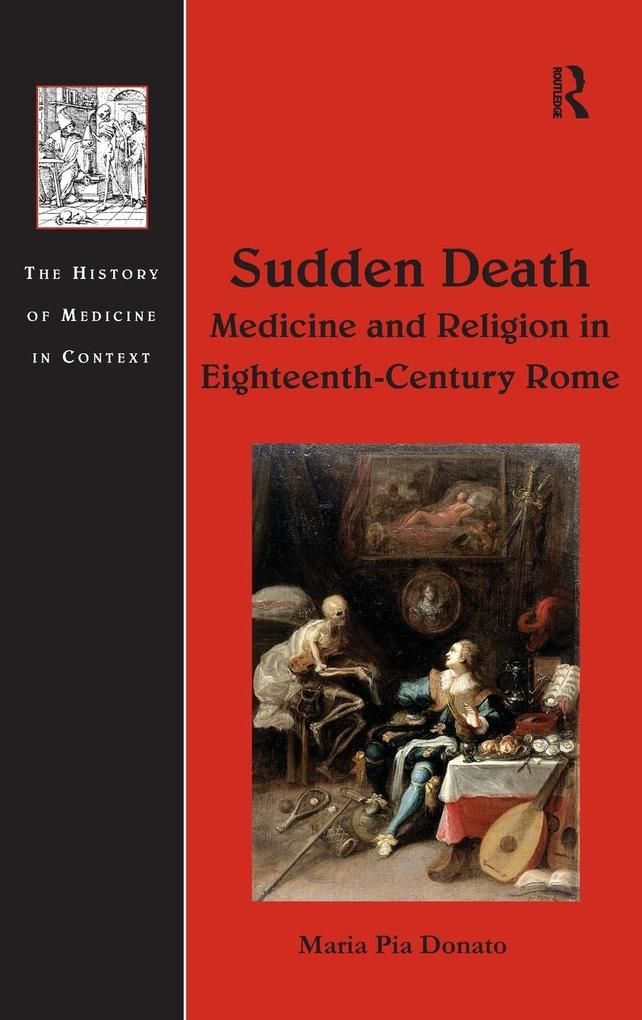
Zustellung: Sa, 26.07. - Mi, 30.07.
Versand in 7 Tagen
VersandkostenfreiBestellen & in Filiale abholen:
In 1705-1706, an 'epidemic' of mysterious deaths terrorized Rome. Pope Clement XI's physician, Giovanni Maria Lancisi, was ordered to perform a series of dissections to discover the cause of the epidemic, which hindered confession, thus threatening the victim's salvation. The book that Lancisi subsequently published, De subitaneis mortibus ('On Sudden Deaths', 1707), is one of the earliest modern scientific investigations of death. Sudden Death explores how a new scientific interpretation of death first came into being, and led the way to a belief in the 'conquest of death' by medicine which remains to this day.
Inhaltsverzeichnis
Introduction. Part I Sudden Death and the Physician's Role in Society: Fears; The medico-legal enquiry on sudden death, or: the truth of the body and the public role of physicians; From the dead to the living: medicine and public health in the early 18th century. Part II Sudden Death in Medical Theory and Practice: A new stance on death: the mechanical medicine of Lancisi's De subitaneis mortibus (1707); The pathological gaze: the problematic status of post-mortem evidence in early 18th-century medicine. Part III The Lost and the Saved: Sudden Death as an Ethical and Religious Issue: Death and the doctors: scientific queries and ethical dilemmas; In the hour of death; Looking for a heavenly protector: Saint Andrew Avellino, the 'apoplectic saint'. Epilogue: was there ever a sudden death 'epidemic' in Rome?; Index.
Produktdetails
Erscheinungsdatum
18. März 2016
Sprache
englisch
Seitenanzahl
242
Autor/Autorin
Maria Pia Donato
Verlag/Hersteller
Produktart
gebunden
Gewicht
531 g
Größe (L/B/H)
240/161/18 mm
ISBN
9781472418739
Entdecken Sie mehr
Bewertungen
0 Bewertungen
Es wurden noch keine Bewertungen abgegeben. Schreiben Sie die erste Bewertung zu "Sudden Death" und helfen Sie damit anderen bei der Kaufentscheidung.










